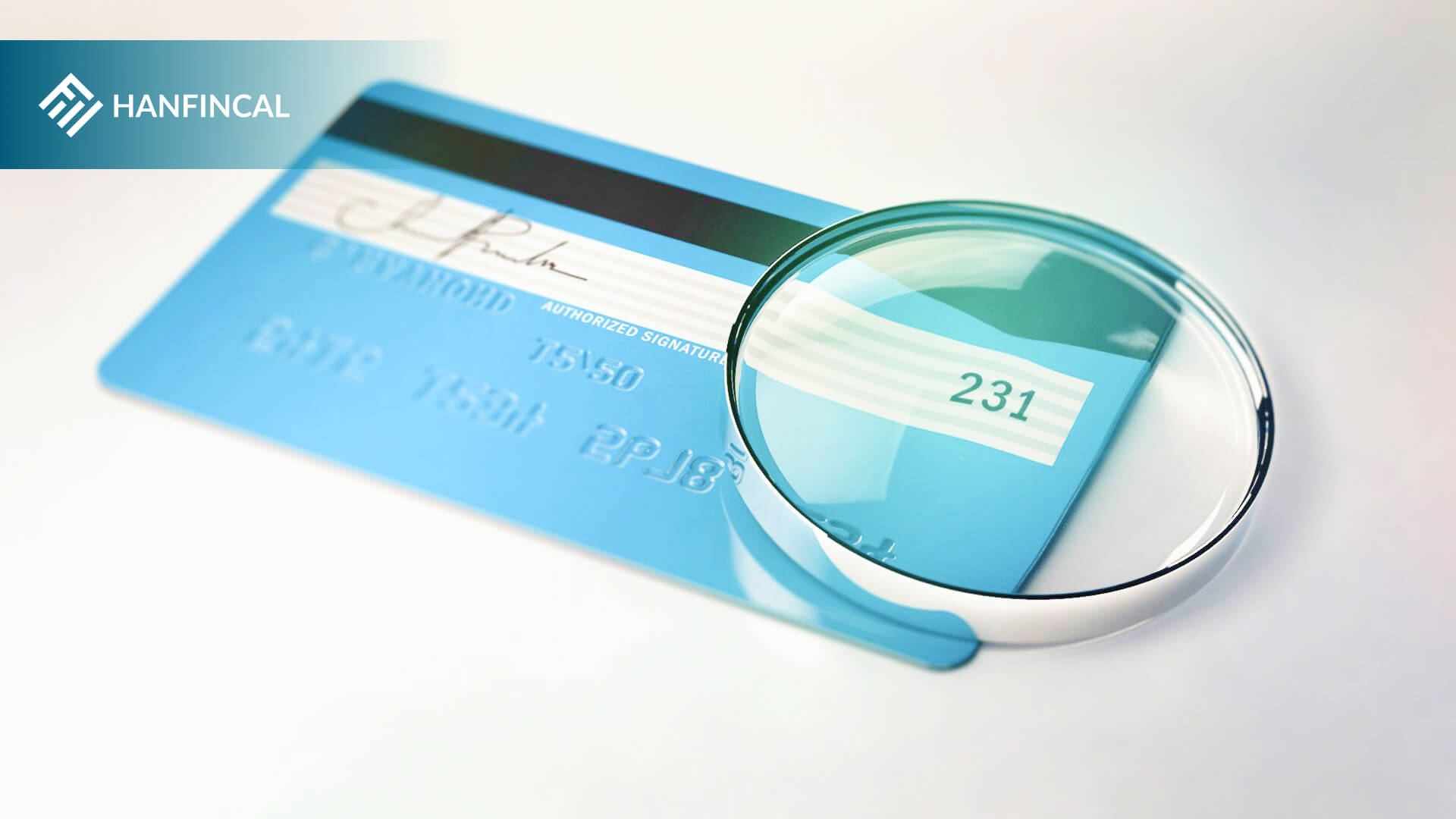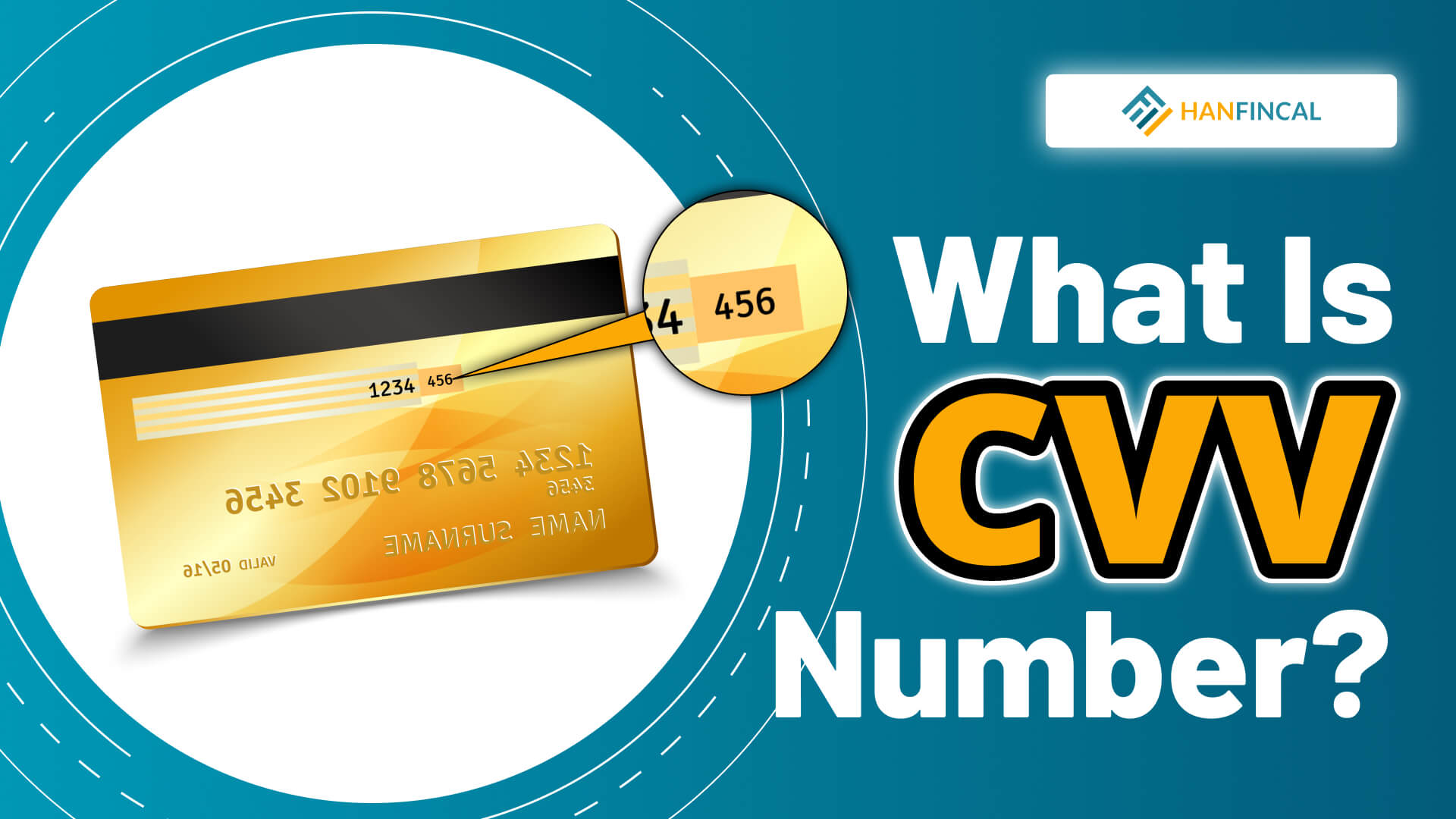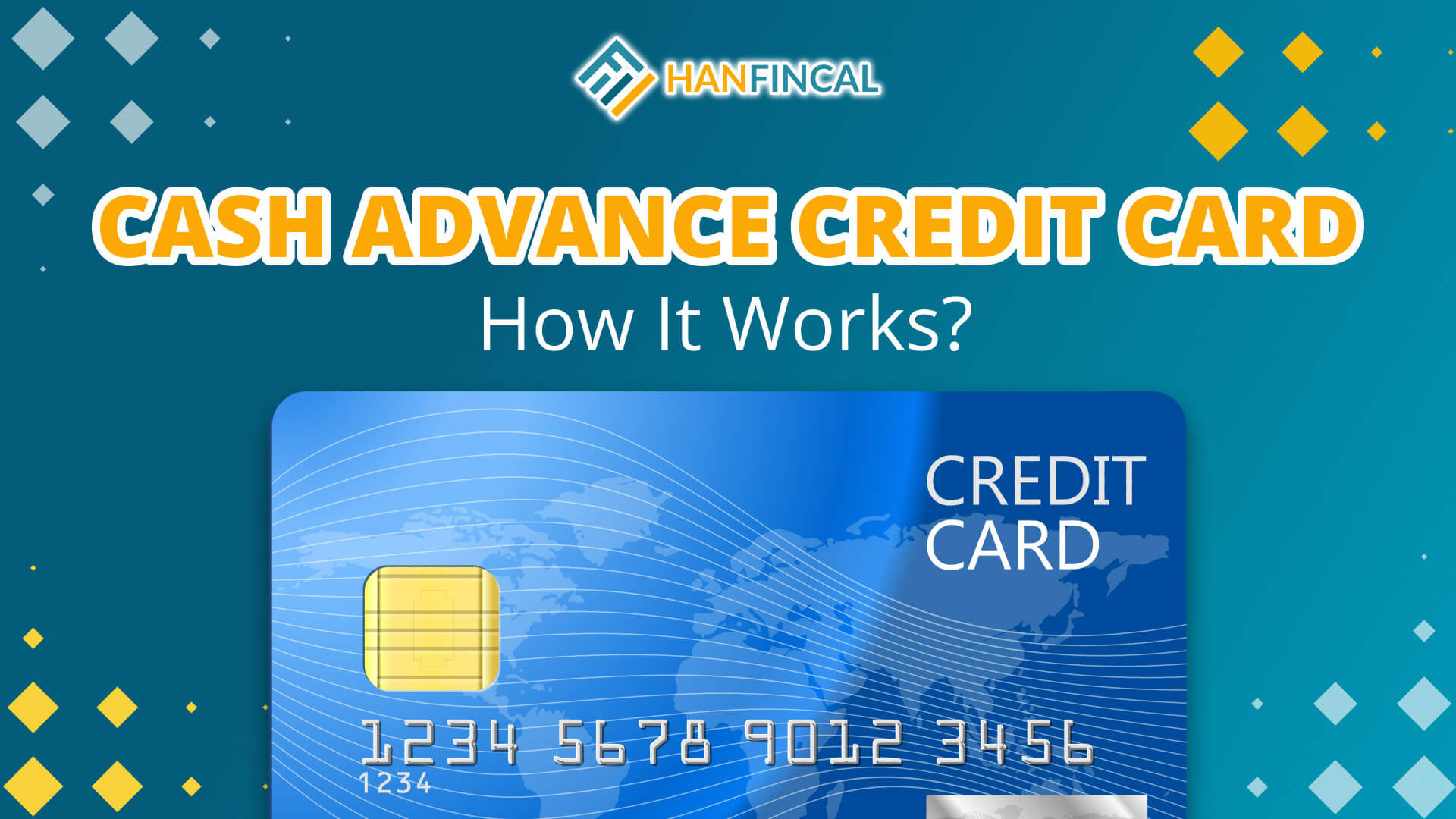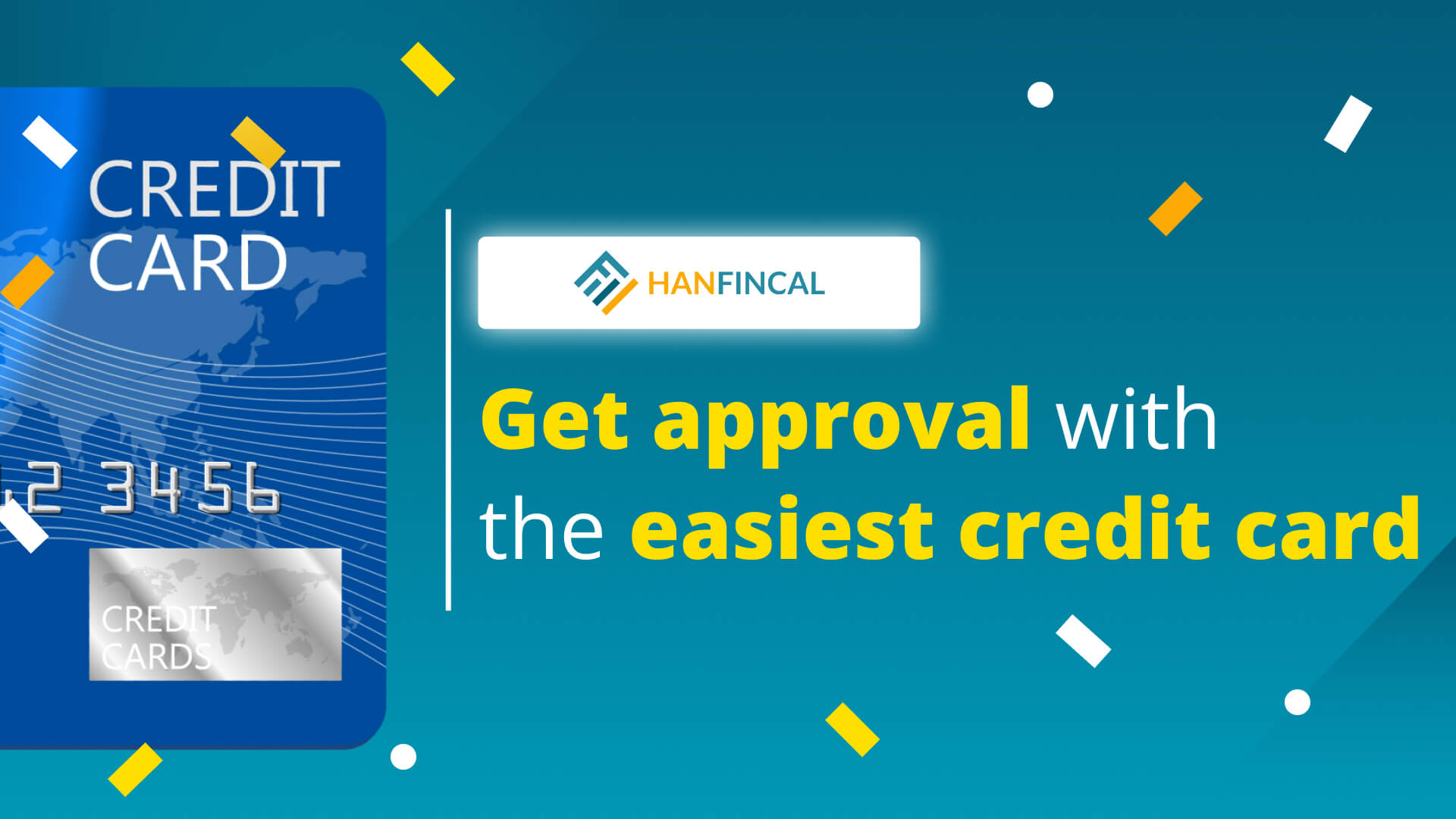What is CVV number? Have you used a few credit cards but are still unsure what this number means? Each credit card will have a unique CVV number generated by the credit card issuer. This code will protect your card from fraud when shopping online, over the phone, and more. Hanfincal brings you this article to delve deeper into this topic.
1. What is a CVV number?
The CVV (Card Verification Value) number on a credit card is a three or four-digit number on the back or front of your credit card. It is a catch-all term for the credit card security code and adds an extra layer of security to online or phone purchases. Because you are not physically presenting the card, this proves that you have a physical card and can aid in the prevention of identity theft.
In other words, this number serves as additional proof to retailers that you are the one using your card and not someone who has stolen your information. If you lose your card or it is stolen, your CVV number will not protect your credit card anymore. That thief can easily find your card’s CVV number on the back and use it to make purchases in your name.
2. Where is the CVV on my card?
A CVV number is easily found on your credit card. It is usually printed on the card, but the location may differ. An American Express card’s four-digit security code is located on the front, above the credit card number. The CVV is typically found on the back of a Visa, Mastercard, or Discover card, near the far-right side of the box where you are supposed to sign the card. Some cards may have the security code somewhere else, such as on the back, below the credit card number.

3. How does my CVV code work?
Two-factor authentication is accomplished through the use of card security codes. Two-factor authentication uses two pieces of information to confirm your identities, such as a credit card number and a CVV.
CVVs can aid in the prevention of unauthorized credit card transactions. Certain retailers may store your credit card number, but keeping the CVV is against credit card compliance standards. This means that even if identity thieves hack into a merchant’s system and steal your credit card number or otherwise gain access to your credit card number, they may be unable to use your card information when making an online or phone purchase if they do not have the code.
Furthermore, if your physical card is stolen, they will have access to it. To make it even more difficult for thieves to make fraudulent purchases, some financial institutions are experimenting with dynamic CVVs, or CVVs that change on a regular basis.
4. Is my CVV the same as my PIN?
A PIN is a user-created “personal identification number,” and you can change it to a number you specify in most cases. It is usually four digits long, though some banks require longer numbers. PINs are used by credit cards for cash advances, while debit cards use them to withdraw cash or initiate a purchase. The CVV, on the other hand, is a three to four-digit security code generated by the credit card issuer and printed on the back of the card that is used as additional security in “card not present” transactions.
5. How much security does a CVV offer?
The CVV system adds a layer of security to credit card transactions. Three digits may not appear to be impenetrable security for a PIN, but they effectively deter e-commerce fraud. The four-digit American Express CVV is even more difficult to guess and offers more protection. However, this does not preclude CVV codes from intercepting, stealing, and misusing online.
Credit card CVV numbers are also vulnerable to phishing attacks, in which scammers use fraudulent emails or clone websites to trick cardholders into disclosing sensitive information, such as security codes. It is critical to protect your data and never enter your CVV code on websites you are unsure about. Treat your CVV number as secure data, and protect it with the same precautions you take with account numbers and other personal information.

How much security does a CVV offer?
6. Is it safe to give out CVV numbers?
When it comes to online shopping, the answer is generally yes — with a few caveats, as long as you’re buying from reputable websites. It is acceptable to provide your CVV number over the phone as well. Just make sure no one is listening in and hearing the numbers.
When buying an item or service in person, on the other hand, you should never provide the details of your CVV. Handing over your CVV for offline purchases serves no purpose other than to give someone the opportunity to steal the information. Because if they did this, they’d have everything they needed to conduct a slew of fraudulent online transactions.
Therefore, keep your card’s CVV code safe at all times. A thief only needs your credit card number, expiration date, and CVV number to make an online purchase if they have your credit card number, expiration date, and CVV number.
7. How can I protect my CVV?
- Check your accounts frequently: Examine your credit card statement for any unusual activity, and consult your credit report. If your card is stolen or lost, notify your credit card company immediately.
- Use a password manager: There are some free password managers available that allow you to generate and store strong, unique passwords for each website.
- Don’t share photos of your credit card, including the CVV, with friends or on social media platforms like Facebook, Twitter, or others.
- Make sure that you only shop on secure websites. Avoid websites that do not begin with “https:” The letter “s” “secure denotes that your data will be encrypted.
- Install antivirus software on your laptop and computer to protect your credit card information from online scammers, including the CVV number.
- Protect your home WiFi network with a password. If you don’t, anyone within range can connect to your network, monitor your internet traffic, and track any data you send.
- When browsing away from home, use a VPN. You should use VPN software to protect your personal information when traveling or using public WiFi.
- Don’t save personal information on retailer websites, and it can be costly if your data is stolen. The best way to safeguard your information is to use a credit card whenever you make an online purchase. Don’t click on any links in potentially spam emails as well.
Do you have any additional concerns about the initial question: What is CVV number? The above information is the basic information that gives you a general idea of the CVV number. CVVs are now on all credit and debit cards to safeguard against fraudulent purchases made online or over the phone. It is your responsibility to safeguard this number. Keep in touch with Hanfincal to help you maintain good financial health.




